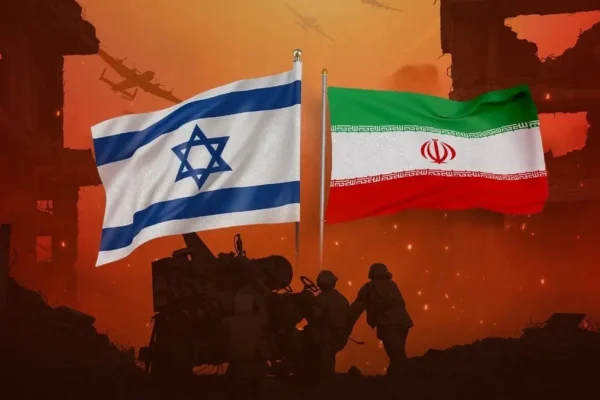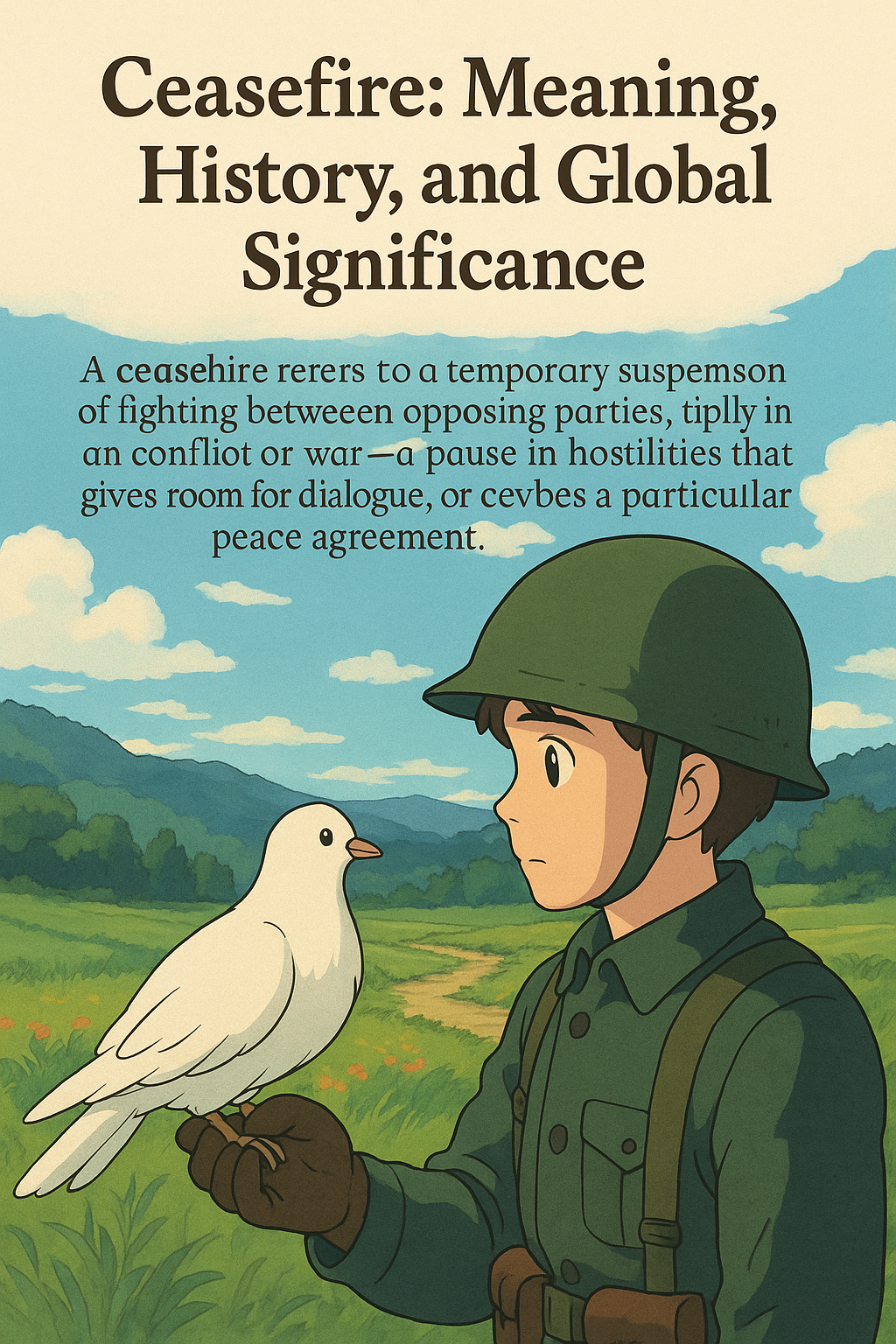Jerusalem Hills Wildfires: A Test of Endurance
After nearly 30 grueling hours, Israeli firefighters have successfully contained the wildfires that ravaged the picturesque hills surrounding Jerusalem. The blaze, which erupted on a hot and windy Wednesday afternoon, scorched over 5,000 acres — including 3,000 acres of forestland — and threatened multiple communities.
Fire crews, assisted by aerial teams and emergency services, worked around the clock to prevent the flames from spreading to residential areas. Twenty-one individuals suffered injuries, though thankfully there have been no reported fatalities. Authorities have begun scaling down operations while continuing to monitor hotspots that could reignite.
Prime Minister Benjamin Netanyahu initially suggested arson as the cause, though police have not confirmed any arrests. Investigations are ongoing.
European firefighting aid began arriving late Thursday, underscoring the severity of the crisis. The incident has reignited conversations about climate change, forest management, and the readiness of emergency services.
Meanwhile in Gaza: A Humanitarian Catastrophe Unfolds
While Israel battles wildfires at home, its military campaign in Gaza has drawn international scrutiny. Following the Hamas-led attack in October 2023 — which killed approximately 1,200 Israelis — Israel launched one of its most extensive military responses in recent history.
Since the breakdown of a ceasefire in March 2025, Israeli forces have intensified ground and air operations in Gaza. The toll has been devastating: over 52,000 Palestinians, including thousands of women and children, have reportedly been killed. The World Health Organization recently described the situation as a “total breakdown” of health infrastructure, with children bearing the brunt of the crisis.
Humanitarian aid remains largely blocked. Israel cites concerns about aid being diverted to Hamas, but the result has been critical shortages of food, water, and medical supplies. UN officials have condemned the blockade as a form of “cruel collective punishment.”
Evacuation orders and the creation of so-called “evacuation zones” now cover 70% of the Gaza Strip, displacing over 420,000 people. Homes, hospitals, and schools have been reduced to rubble. Prime Minister Netanyahu has reaffirmed that defeating Hamas remains a top priority, even above negotiating the release of hostages taken during the 2023 attacks — a stance that has sparked public outrage within Israel.
Conclusion: Two Crises, One Region
Israel’s swift containment of the Jerusalem fires has drawn praise for its emergency preparedness. But the escalating humanitarian crisis in Gaza raises urgent moral, political, and legal questions. As nature tests Israel’s resilience, its policies are testing the world’s conscience.








